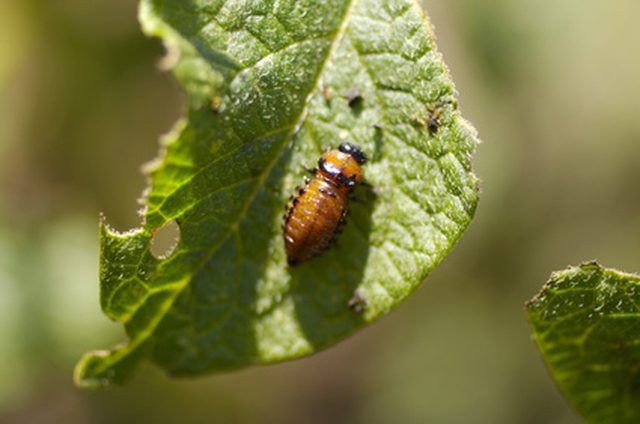Bulbs
Flower Basics
Flower Beds & Specialty Gardens
Flower Garden
Garden Furniture
Garden Gnomes
Garden Seeds
Garden Sheds
Garden Statues
Garden Tools & Supplies
Gardening Basics
Green & Organic
Groundcovers & Vines
Growing Annuals
Growing Basil
Growing Beans
Growing Berries
Growing Blueberries
Growing Cactus
Growing Corn
Growing Cotton
Growing Edibles
Growing Flowers
Growing Garlic
Growing Grapes
Growing Grass
Growing Herbs
Growing Jasmine
Growing Mint
Growing Mushrooms
Orchids
Growing Peanuts
Growing Perennials
Growing Plants
Growing Rosemary
Growing Roses
Growing Strawberries
Growing Sunflowers
Growing Thyme
Growing Tomatoes
Growing Tulips
Growing Vegetables
Herb Basics
Herb Garden
Indoor Growing
Landscaping Basics
Landscaping Patios
Landscaping Plants
Landscaping Shrubs
Landscaping Trees
Landscaping Walks & Pathways
Lawn Basics
Lawn Maintenance
Lawn Mowers
Lawn Ornaments
Lawn Planting
Lawn Tools
Outdoor Growing
Overall Landscape Planning
Pests, Weeds & Problems
Plant Basics
Rock Garden
Rose Garden
Shrubs
Soil
Specialty Gardens
Trees
Vegetable Garden
Yard Maintenance
The Life Cycle of Lawn Grubs
The Life Cycle of Lawn Grubs. Information about your garden enemy's life cycle can go a long way to helping you address the problem. You need that edge with lawn grubs because these tiny creatures can have all your plant roots eaten before you know it. They burrow in the soil and, unless you know where to look for them--and when--they will destroy...

Information about your garden enemy's life cycle can go a long way to helping you address the problem. You need that edge with lawn grubs because these tiny creatures can have all your plant roots eaten before you know it. They burrow in the soil and, unless you know where to look for them--and when--they will destroy all your garden plants.
Lawn Grubs
A lawn grub is larvae of a beetle. Lawn grubs eventually become beetles (European chafer or Japanese beetles are two examples). Lawn grubs make their home in the soil and feed upon your plant's roots. Therefore, you don't always realize they are there or have damaged your plants until the worst is done.
Time Frame
The life cycle or time frame of growth from larvae to an adult beetle spans one year: from June to June. The latter part of June or early July of the first year marks the period that adult Japanese beetles emerge from soil homes in search of a mate and something to eat. The beetles can fly up to a mile away to feed if they want, preferring to eat linden trees, roses or grapes. Other beetles choose plants that aren't ornamental, thus they are less noticed.
Features
During the month of July, female beetles return to the soil to lay eggs. This is a two- to three-week process and nets about 60 eggs. Eggs hatch approximately two weeks later. Once hatched, the future beetle is considered a first-stage grub and eats grass roots for the better part of August. Their second and third stages, which occur between late August and October, continue growing and now eat plant roots, including turf. Colder weather drives them down into the soil, where they overwinter until early spring, when they return to the upper soil to eat plant roots again. By late spring they stop eating and morph into beetles by late June or early July.
Prevention/Solution
The best time for gardeners to get rid of lawn grubs and limit their damage to plant roots is during their most vulnerable period: right after they hatch. Successful control of large populations of lawn grubs should be targeted during this first-stage of development, using biological and chemical insecticides.
Significance
Knowing lawn grub life cycles is key to knowing when to expect them to hatch in your soil, if you have them. It is also important in gauging when to attempt to control them with insecticides for the greatest success. And such knowledge assists gardeners in protecting their roses and other ornamental plants as well.